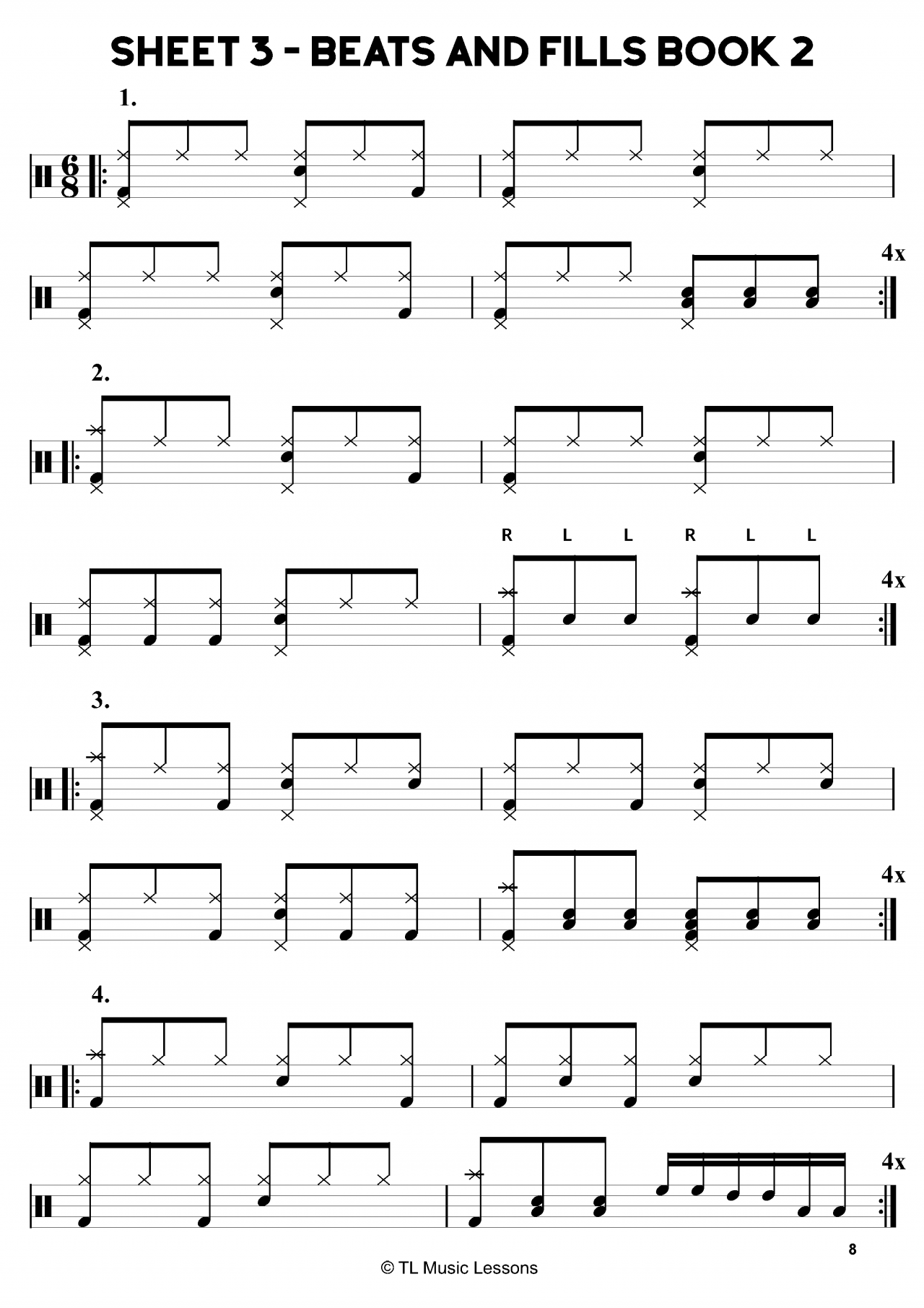

Yes, the higher the velocity the more attack you have from each drum, it’s a thing drummers call “burying the beater” or “burying the stick” but at the cost of tone. One other thing to look at would be not always thinking, “louder is better” in terms of velocity. The left half of this track will sound like programed drums – The right half will sound like a real drummer. This list could go on for hours but its this subtlety in your programming that will make people question if a drummer played it or not and that is something you should look to study and improve if you aren’t doing so already. If there is a flam on the snare, the beat that is last should be louder.

If there is a double kick pattern, one foot will be slightly weaker than the other. If they are playing two kicks close together, the second hit is usually slightly louder than the first. The real art of this process though is in the details and this is where having a drummer friend or studying drum performances comes in to play. You could also draw this information in manually.

What I mean by this is once you’ve found a hit strength or velocity you like, highlight every hit on that drum and in most DAWs you will have a “Randomise velocity” feature allowing you to do just that, make every hit slightly louder or softer within a given set of parameters. Then I would take each drum and randomize the velocity a little. So, how do you get around this? I personally would write a drum part in and not worry about the velocity at first, focus on getting a good part down and take into considerations the points from section 1 in the article. What ends up happening here is a machine gun or robotic effect in digital drums, which granted some of you, and some genres call for but we are talking about realistic programming here. This is what consistent velocity information will give you. Drummers do not hit things with the same intensity every single hit of a performance. This is crucial if you want realistic drum programming. They will probably ask to just play it for you in which case (if you have a MIDI kit to use) problem solved! But at the very least, they will give you an insight into where you may have gone wrong.Ģ. The best way to do this if you aren’t a drummer is to make friends with one and either invite them over or send the file to them and ask, “does this make sense?” This should be you writing your drum parts… Work on the part you are programming and think about where you would naturally go in terms of what cymbal you would reach for or what you would have to stop playing in order to perform that tom fill. The way I get around this is with good old-fashioned air drumming. Remember, drummers on have 2 arms and 2 legs – they can only play 4 different things at once!Ī couple of examples of this would be playing a tom fill while the previous drum beat is still playing or playing too many drums on the same side of the kit in a way that if a drummer would play it for real, would feel, look and sound awkward. OK so this one may seem obvious but it’s something I hear a lot when listening to demos or even some productions when drums have been programmed.

Now this process is super easy if you are a drummer (and let’s face it most drummers have already screamed at me for suggesting the programming of drums) but for those of you that aren’t gifted with groove and are looking for tips to get realistic drums in your productions here are my 5 tips for programming drums.ġ.


 0 kommentar(er)
0 kommentar(er)
